A spectacular exhibition of 150 pieces at Chaumet celebrates the legendary imperial couple’s marriage.
By the time Napoléon Bonaparte became emperor of the French, in 1804, he had already established his predilection for expressing his power with opulence: commissioning enormous portraits of himself and his empress, Joséphine, and purchasing jewels set with gigantic gemstones.
It was in this vein that he decided to choose the tiara — a symbol of power since antiquity — to represent his reign over much of Europe. Employed earlier to set the famous 140.50-carat Régent diamond in his sword, Chaumet, then known as Nitot et Fils, became the maison associated with his reign.
This year is the bicentenary of Napoléon’s death, some seven years after that of Joséphine — who had been divorced from the emperor since 1810 but who remained an empress and the love of his life. To celebrate their love story, Chaumet, the jeweler that helped create “Brand Bonaparte,” has curated an exhibition of 150 objects in Chaumet’s boutique in Place Vendôme, Paris. The show includes, of course, some exceptional pieces of Joséphine’s jewelry.
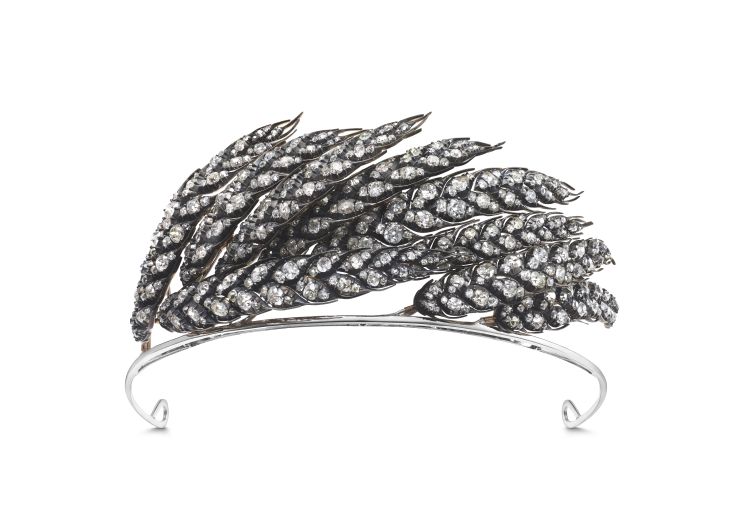
An empress’s extravagance
Since the proclamation of the empire in May 1804, Joséphine frequently wore jewels featuring diamond-set ears of wheat — notably in July of that year at her first official role as sovereign, the ceremony for the Légion d’honneur, the highest French order of merit. One of the most symbolic of the exhibited jewels is the Wheat Sheaf tiara. Created by Marie-Étienne Nitot in 1811 with 66 carats of diamonds set in nine sheaves of wheat, this ancient motif symbolized prosperity and became iconic of the Napoleonic era. Pierre Banda, curator of the exhibition, describes it as “audacious.”
“It embodies the movement, this refined beauty and symbol of a youth, a generation, the one of Napoléon and Joséphine that will influence France and the world for a long period of time by creating and innovating. At the dawn of our contemporary world and the birth of today’s jewelry creations,” Banda adds.
Empress Joséphine loved pearls, and visitors can admire two pieces of pearl jewelry: a pair of pear-shaped pearls suspended from diamond-set earrings and an impressive two-strand pearl necklace. Seven diamond-capped baroque pearls are placed at intervals along the larger of the strands.
A fashion icon, she would choose day jewels according to their colored gemstones, wanting them to match the rooms in which she would be entertaining. She also loved fantasy jewelry, and the malachite and pearl cameo parure was one of her favorites. Presented in its case and one of the few fully intact parures that remain, it consists of a tiara, a necklace, a pair of bracelets, six pins, a pendant, a brooch and even a belt of cameos. The cameos are mostly of Greek gods, carved in malachite surrounded by small pearls and set in gold, while the brooch shows a portrait of the empress.
Napoléon adopted Joséphine’s children from her first marriage and commissioned a pair of acrostic bracelets from Nitot, with each gemstone spelling out their names. Here we see Hortense spelled out with hessonite for H, opal for O, ruby for R, turquoise for T, emerald for E, nicolo for N, sapphire for S, and emerald, again, for E.
The exhibition takes place at 12 Place Vendôme, in Chaumet’s hotel particulier, until July 18, 2021.
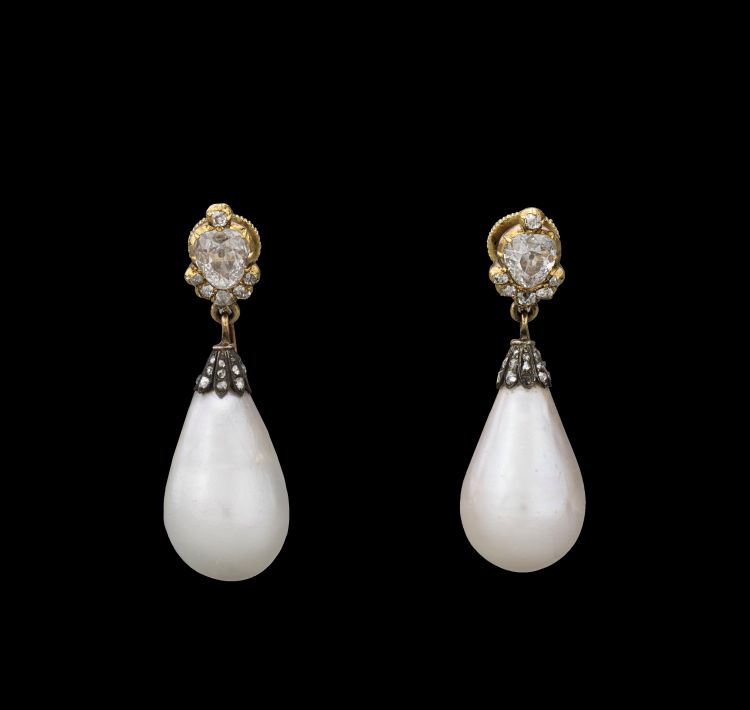
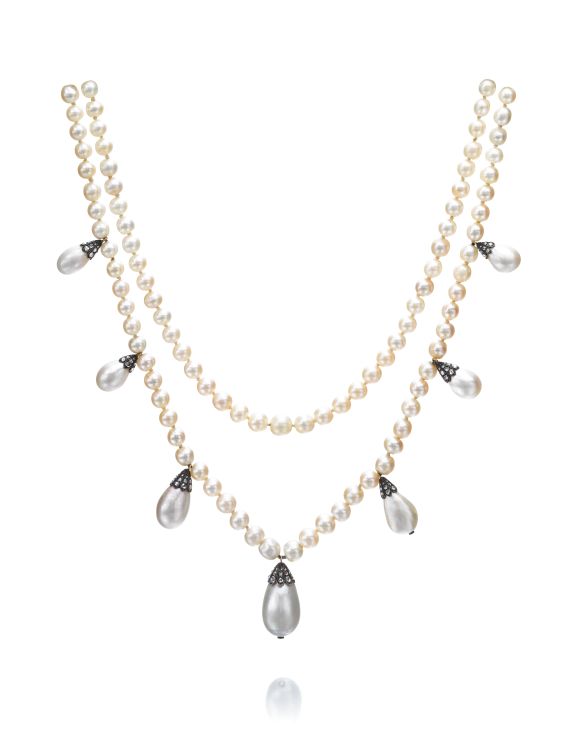

Main image: Gold, malachite, pearl and tortoise shell parure attributed to Nitot, circa 1810. Photo: Collection Fondation Napoléon.

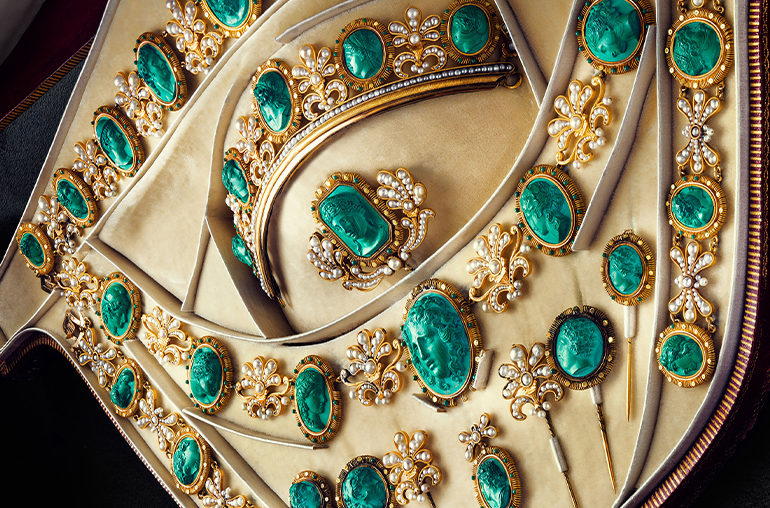
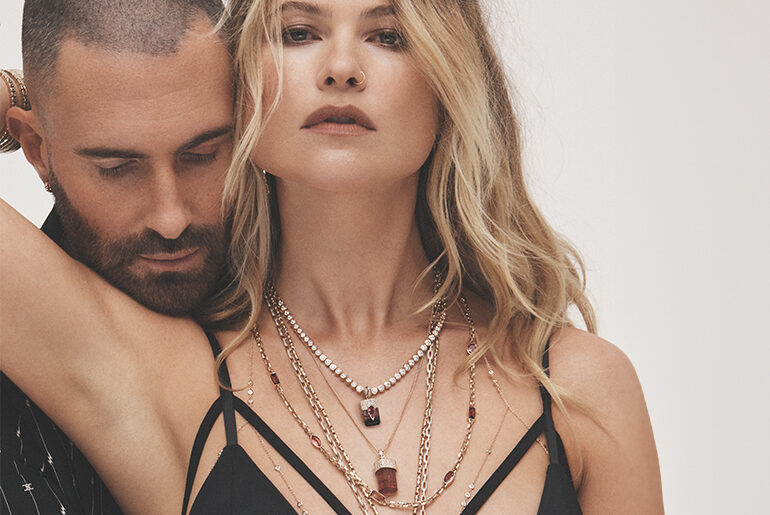
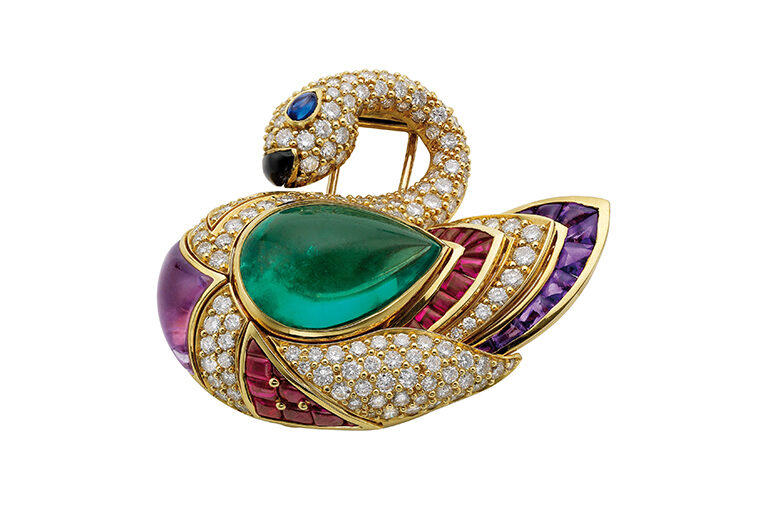
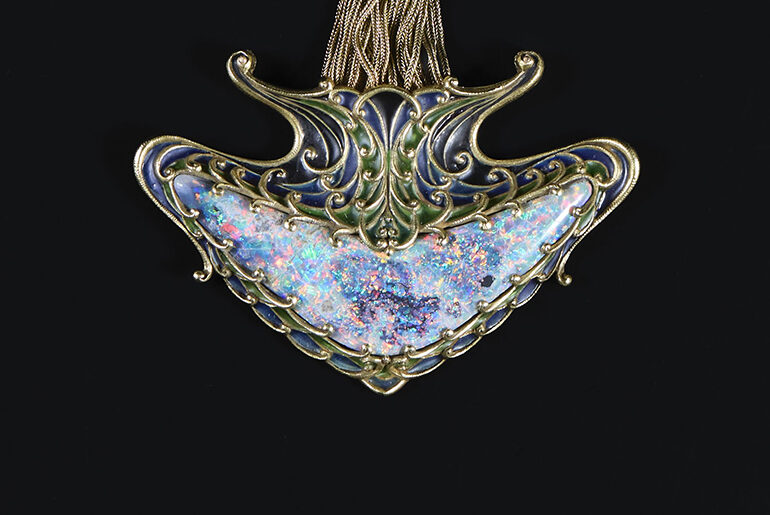
Comments are closed.